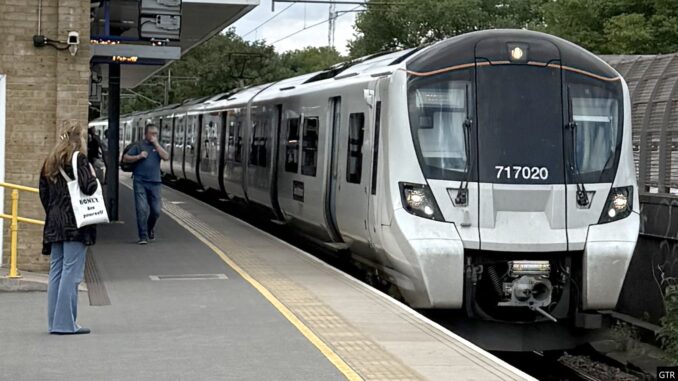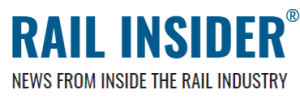
Great Northern has run its first train in passenger service using an updated specification of the European Train Control System (ETCS) in-cab digital signalling software.
Digital signalling using ETCS is a proven technology already in use in many countries in Europe and elsewhere. It allows continuous communication between train and track and removes the need for signals at the side of the track. Instead, drivers are continually fed a safe target speed to aim for on a computer screen in their cab.
This creates a more punctual and reliable service for passengers.
The new software is known as ETCS Baseline 3, Release 2 (also referred to as version 3.6.0). On Monday 8 July, unit 717020 ran on the Northern City line using the upgraded software, leaving Finsbury Park at 17:17 and arriving in Moorgate at 17:31. Since then, it has been running regularly in passenger traffic.
All 25 Class 717 trains in Great Northern’s fleet will now be upgraded to this software over the coming months. It will be needed to accommodate the high frequency of services that operate on the East Coast main line, as part of the government-funded East Coast Digital Programme (ECDP).

GTR’s Head of ERTMS Oliver Turner said: “Only seven weeks ago, working closely with our industry partners, we created the UK network’s first-ever ‘signals-free’ commuter railway on the Northern City Line between Finsbury Park and London Moorgate.
“Now, together with Siemens and Network Rail, we’ve successfully proved the use in passenger service of this updated version of the in-cab digital signalling software.
“This is the version specified through the East Coast Digital Programme to roll out digital signalling along the main line, bringing huge benefits to passengers, with a more reliable, more sustainable railway, lower emissions, and even better safety for passengers.”
Digital signalling gives train drivers continual information about the safe maximum speed for their train. It provides them with additional information about the route ahead, that today’s fixed ‘traffic light’ signals do not. This enables more efficient operations, with signallers able to communicate continuously with every train on the network and respond in real time using digital tools to help smooth the flow of trains and recover services more quickly after disruption.
See also:
Northern City line trains now using digital in-cab signalling


Be the first to comment